This afternoon we drove Flo and Dillon to Burley where we left them to wander while we continued the drive and returned for them after 90 minutes.



We paused at Bashley where one foal lay flaked out while its mother cast her shadow while nibbling parched grass;

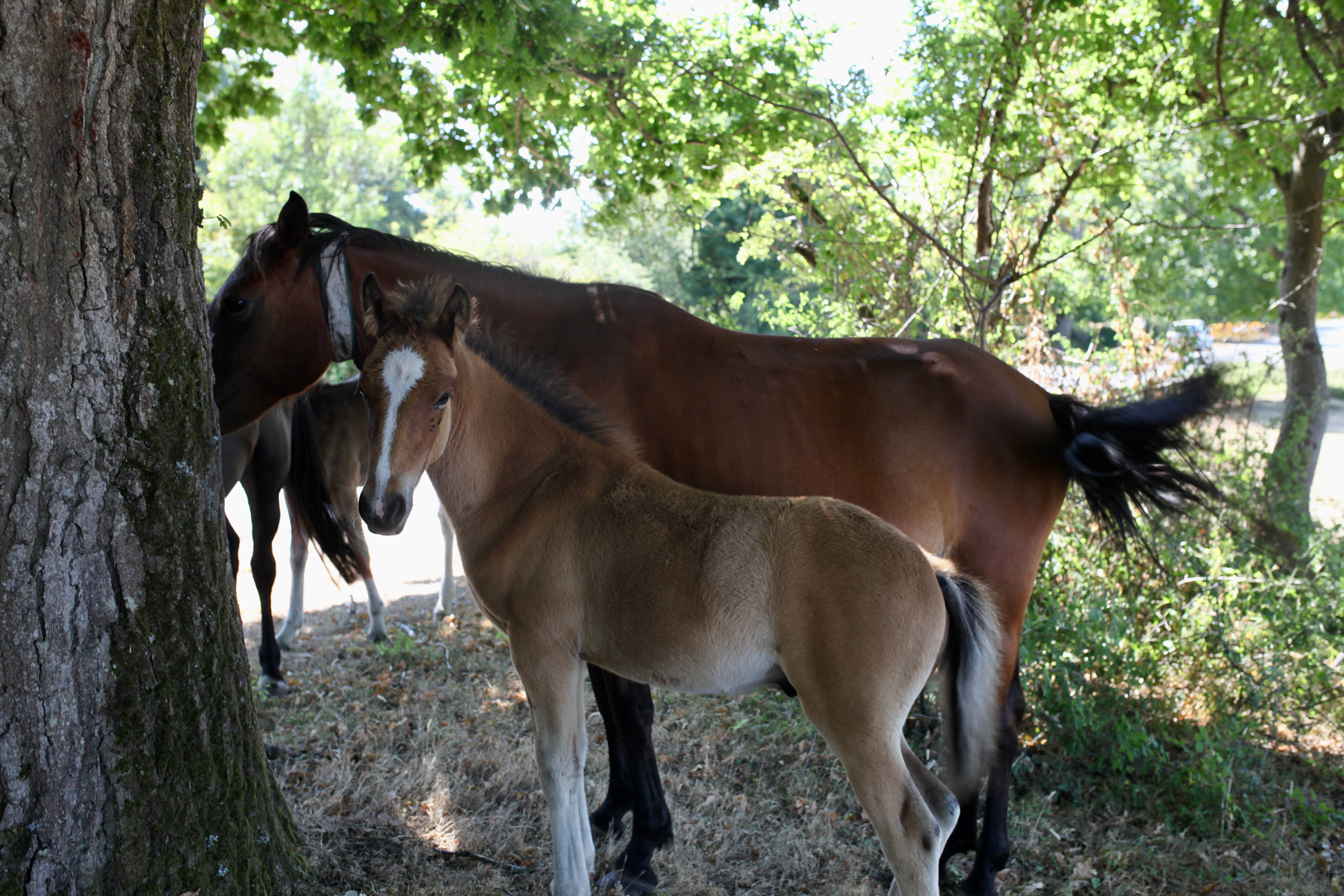
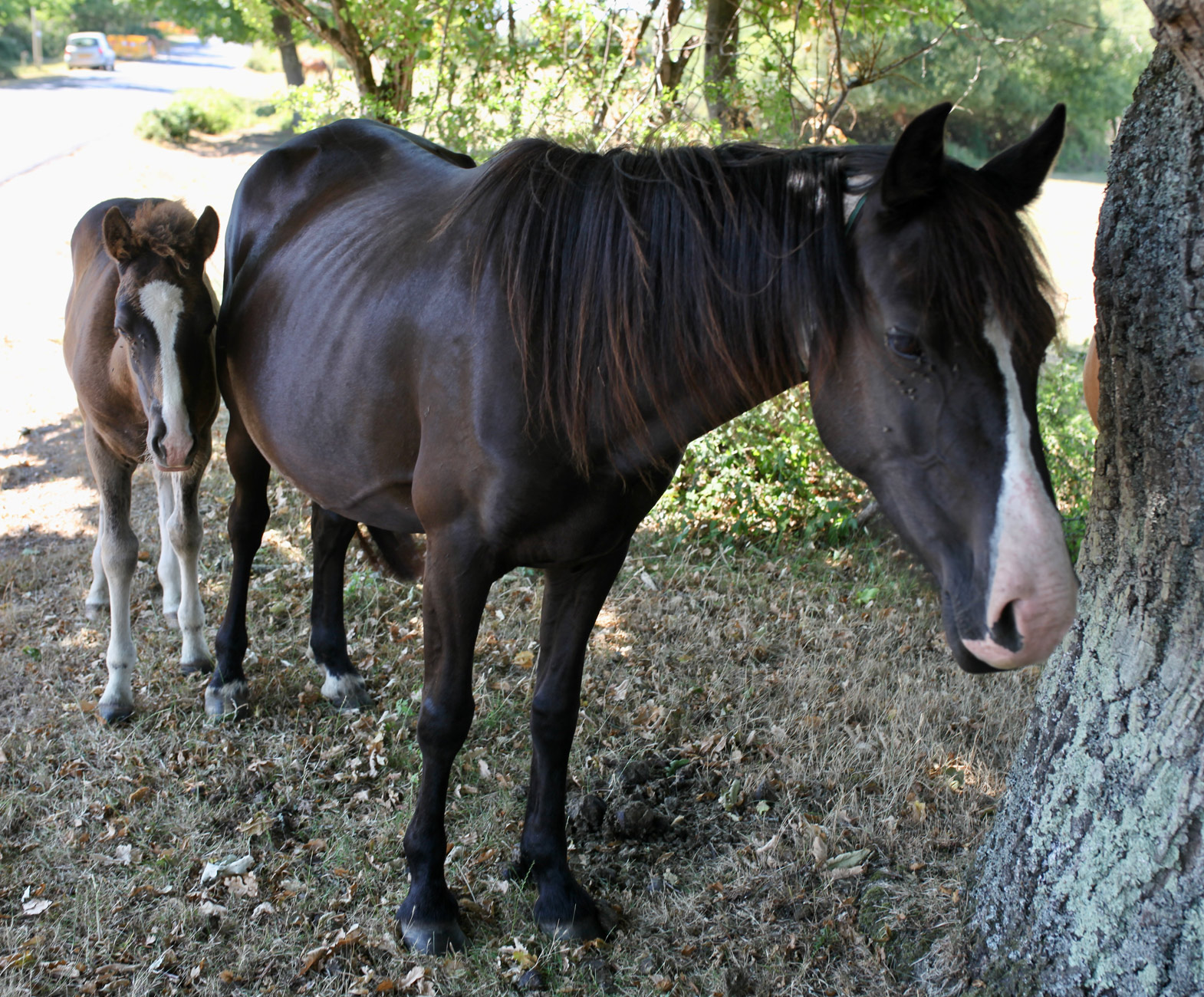


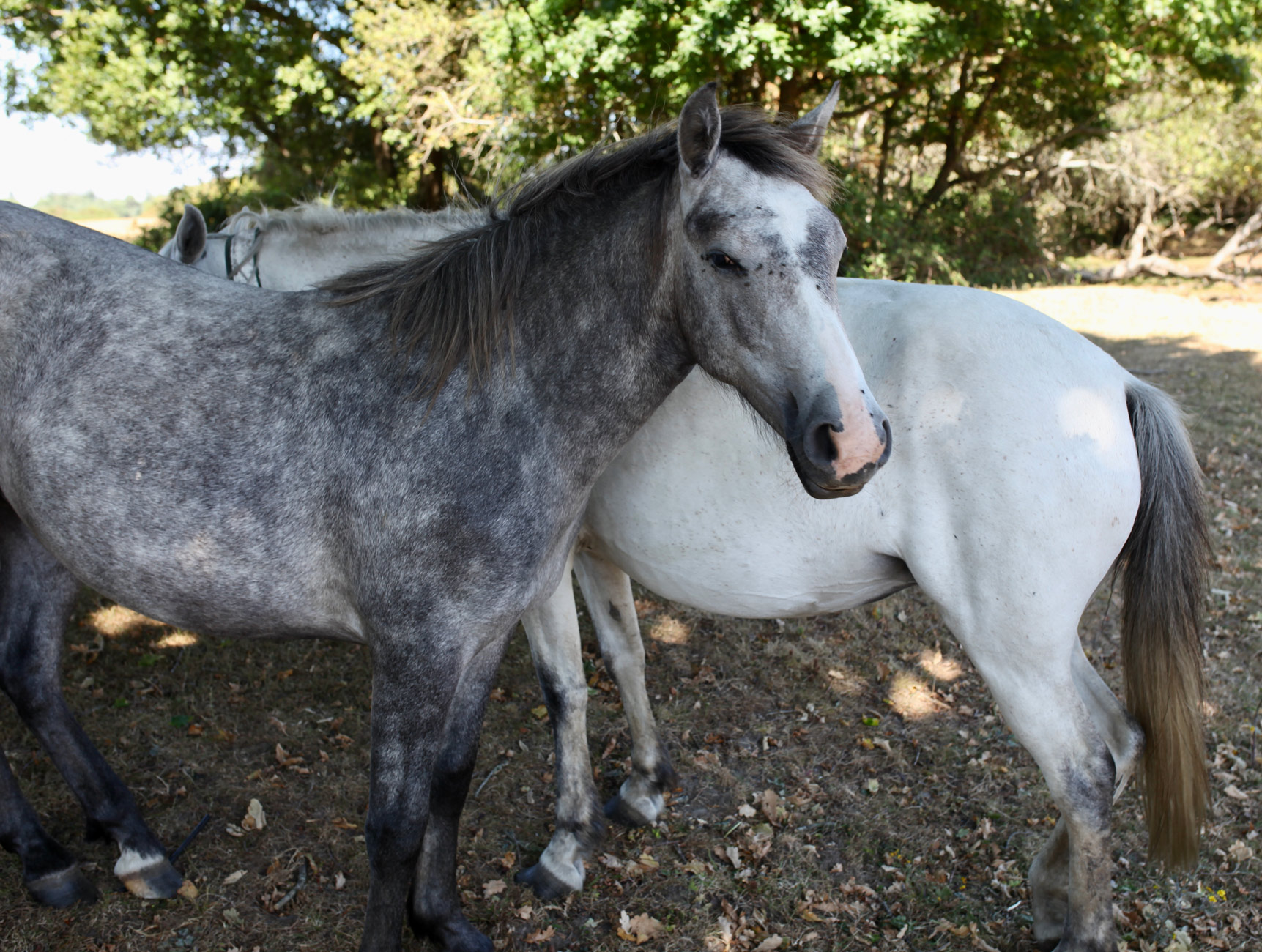

while another group took shelter beneath the oaks;
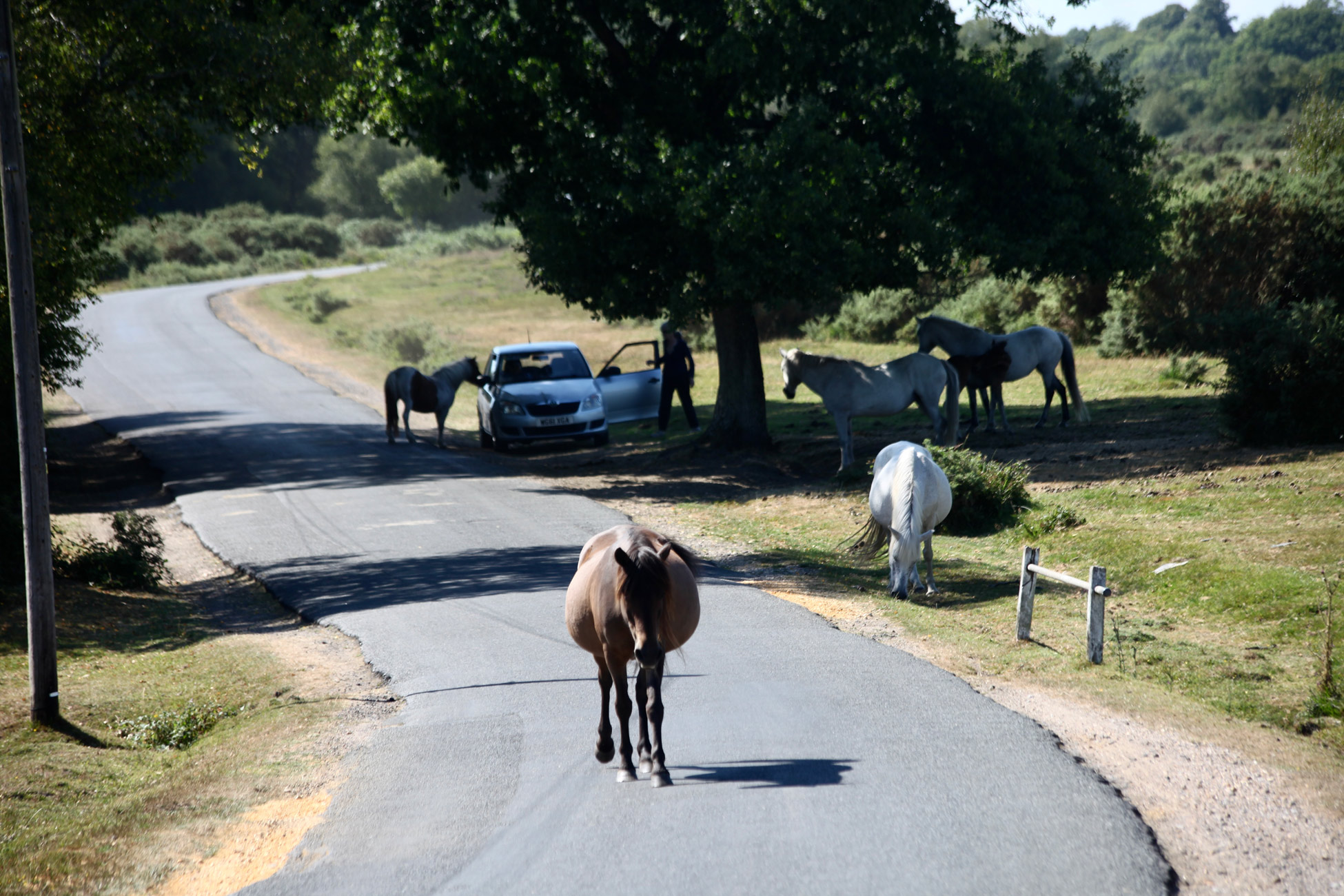







as did others along Forest Road. Note the bothersome flies,



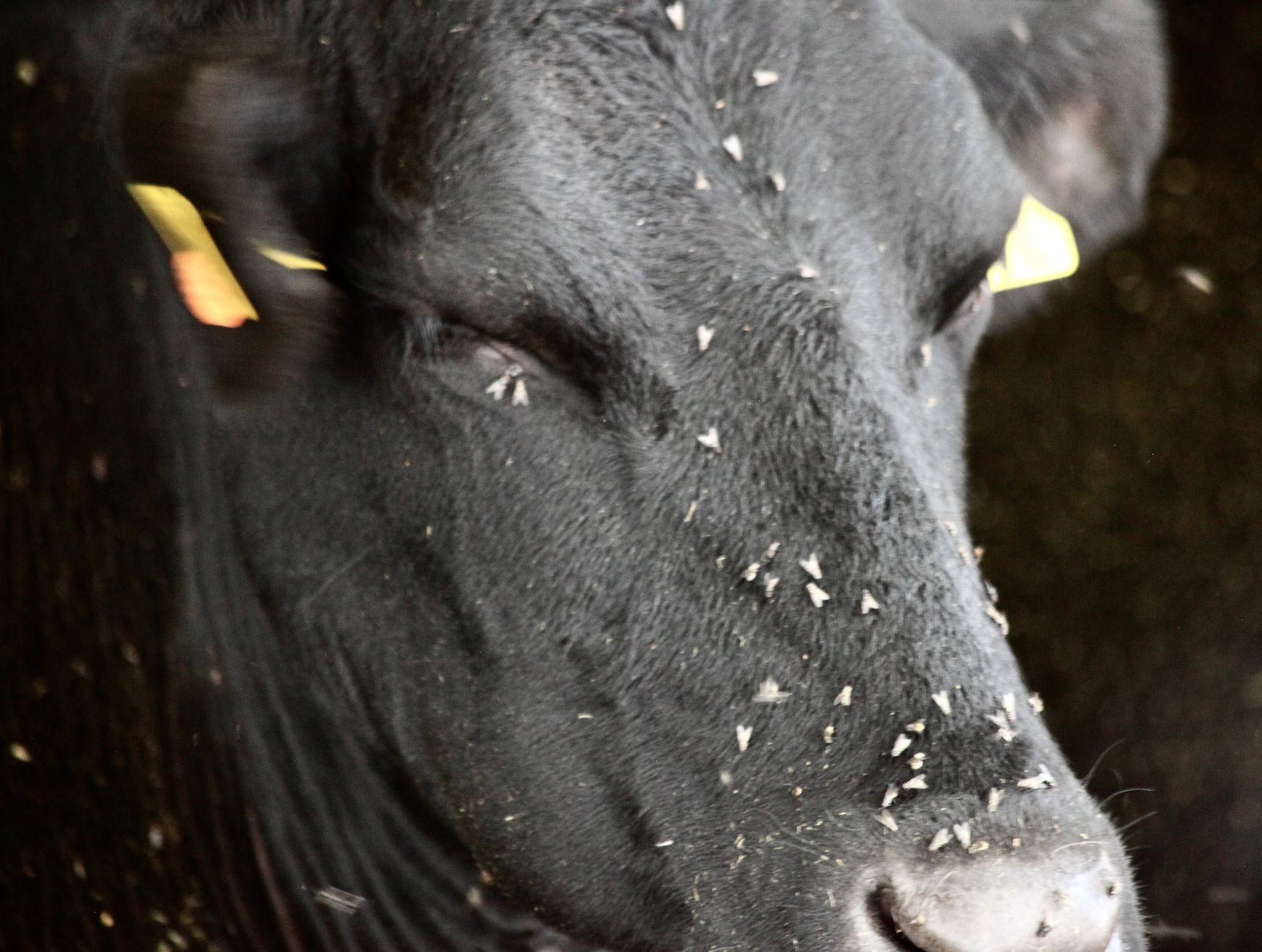

more of which pestered cattle sharing shade with another pony and foal.
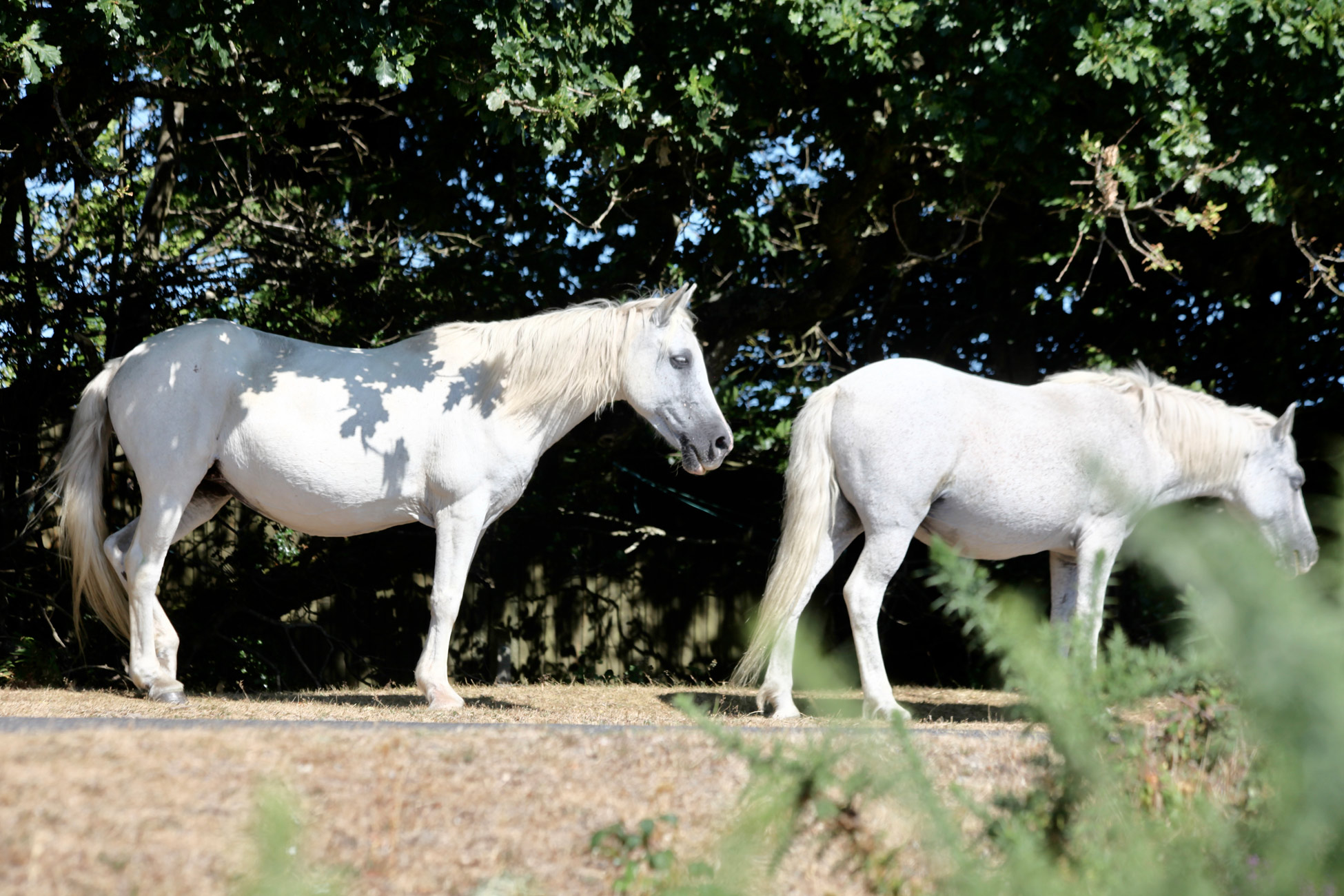

Two more greys stood beneath trees on Ringwood Road at the top of Crow



Hill, from which landscapes revealed an early brightness to the heather, and

ripening blackberries.


Hidden from below among the undergrowth is an historic milestone telling of a certain amount of optimism.
“Early in 1801 the British war against France under Napoleon as First Consul was not going well and the country was sick of it. When the Younger Pitt’s government fell in February, the new premier was Henry Addington, who was bent on peace and an end to entanglements on the Continent. As he wrote to Lord Malmesbury two years later, ‘his maxim from the moment he took office was first to make peace, and then to preserve it … if France chose, and as long as France chose; but to resist all clamour and invective at home, till such time as France (and he ever foresaw it must happen) had filled the measure of her folly, and had put herself completely in the wrong.’
Talks went on quietly in the summer of 1801 in London between the foreign secretary, Lord Hawkesbury, and a French diplomat, Monsieur Otto, and a preliminary agreement was signed at the beginning of October. The French had far the better of the deal. They agreed to restore the Two Sicilies and the Papal States to their former regimes, but they kept control of the Netherlands, the west bank of the Rhine, Piedmont and the Savoy, while Britain agreed to leave Egypt and let go of the Cape of Good Hope, Malta, and various islands in the Caribbean, while keeping Trinidad and Ceylon.
The agreement gained the approval of Pitt, however, and Lord Cornwallis, an eminent soldier and former governor-general of India, was appointed as ambassador-extraordinary to agree the final treaty. He was no diplomat and had largely forgotten his French, but he left for Paris and an interview with the First Consul in November, after which the two sides got down to detailed discussions in the Hôtel de Ville at Amiens. With Talleyrand hovering in the background, the French deputation was led by Joseph Bonaparte, Napoleon’s elder brother, who was well liked personally by the English representatives, though dismayingly prone to offering concessions in private one day and ruling them out in public the next. William Wilberforce urged Addington to include the abolition of slavery in the Amiens terms, but Addington, though sympathetic, wanted nothing to interfere with progress towards peace. After months of wrangling over details, Cornwallis threatened to go home unless matters were settled in eight more days, and the treaty was finally concluded [on 27th May 1802].
Though widely welcomed on both sides of the Channel, the Peace of Amiens was no more than a truce. It lasted for not much longer than a year, giving both sides a breathing space in which to reorganise before the war was formally resumed in May 1803.”(https://www.historytoday.com/archive/months-past/treaty-amiens)
The treaty had ‘marked the end of the French Revolutionary Wars; after a short peace it set the stage for the Napoleonic Wars.’ (Wikipedia)
This evening we dined on different lefties – the others on Red Chilli Takeaway, and I on the roast lamb dinner. Jackie drank more of the Pino Grigio; Flo and Dillon, sparkling fruit flavoured water; and I Max’s Penfolds Shiraz Cabernet 2019.
Fascinating bit of history that I had not previously known, Derrick. We Americans are familiar with Cornwallis because of Yorktown. Our donkey fly bedevilment seems to be temporarily on hiatus. Wishing your livestock the same break.
Thank you so much, Pat
Oh, those darned flies! Poor cows and horses. As for the history lesson…Alas, peace can sometimes be fleeting.
Thank you so much, Laurie
Those pesky French! Just go home… I feel bad for the animals being tortured by the hoards of flies, nasty.
That cow with two on its eye affected me most. Thanks very much, John
All of the animals are beautiful, but I especially love that brown and white cow.
Thank you very much Annemarie
Oh, those poor animals! Personal ambition always seems to win over lasting peace.
Thank you very much, Liz
You’re welcome, Derrick.
Thank you for the bit of history.
Much appreciated, Sylvie
The cows in the field are being fly attacked today. Poor things. Love the animal photography.
Thank you very much, Gary
HIstory seldom changes.All that bargaining of countries between Lord Hawkesbury and Monsieur Otto is so reminiscent of Stalin and Churchill at the end of the war, deciding exactly where that Iron Curtain should be, and who should be either side of it.
Thank you very much, John
“Pitt is to Addington as London is to Paddington”. I remember that from school history lessons. Not one of out finest Prime Ministers but miles better than Boris Johnson. Not difficult of course.
Thanks a lot, Andrew
Interesting slice of history!
 “Crank up the AC, Ma! Let’s head to Newmarket!”
“Crank up the AC, Ma! Let’s head to Newmarket!” 

Heat, flies, trying to find shade, needing water…poor ponies and cattle.
I really like the Ponies Beside Car photo! I believe if they could get the people out of the car, and they could get in, the ponies would take a road trip.
(((HUGS)))
Thanks very much, Carolyn. A fun thought about the pay road trip X
Fascinating bit of history, Derrick, when our lives in the New World were determined by a treaty among the colonial powers of the day. At that Treaty of Amiens, the Dutch regained possession of the three colonies of Essequibo, Demerara, and Berbice on the South American coast. These three Dutch colonies were later ceded to the British at the end of the Napoleonic Wars, giving birth to British Guiana in 1831. Imagine, I could be speaking Dutch today instead of English
I am grateful for this useful addition on the history from the perspective of people it affected more than us, I think. Thanks a lot, Rosaliene
I think I had a foreshadow of your history lesson today in my dreams during the night. It was the old familiar one: history exam tomorrow and I have just begun to study.
Are you planning to become an Aussie? I noted your use of ‘lefties’ in reference to your dnner, and you were drinking some of dear old Max’s wine.
You have answered our question about where we got “lefties” from. Thanks very much, Yvonne. The wine was a birthday present from Shelly and Ron
Do the horses get supplementary feeding in these arid times? Good history lesson.
Thanks very much, Tootlepedal. I think their owners must be relied on for this, but judging by the number showing their ribs this probably isn’t happening.
I wondered about that.
“Lefties” is this how you call leftovers? I think that’s the first time I am reading this -or I can’t remember, which happens more and more often these days.
We have learned this term from people on WP. I can’t remember whom
Here in America a leftie is a lefthanded person.
It is Australian, Bridget
I enjoyed the bit of history. Love the milestone.
Thank you so much, Sherry. Had I not walked up that short hill I would not have seen the milestone
Maybe a truce is practicing peace. We need more practice. Meanwhile, we can all be thankful for the sheltering shade of trees.
Wise words, JoAnna. Thank you very much
Everyone wants ‘Peace’, but the act of agreeing ‘how’, seems to be a ‘milestone’ beyond reach …
Thanks very much, Ivor
History is a great teacher but little do we care from her lessons. Ambitions of Russia and China are open books. These regimes are like flies on the face of the planet. That stone belongs to a museum, It was an interesting trip.
Thank you so much, Uma
Those dreadful flies! Our dog can’t even bear one fly around him.
Thank you for the very interesting piece of history.
Much appreciated, Sue.
I am glad that stone is not in a museum – far better to see it in context I found the historical background very interesting to read. Your photographs vividly convey the heat in your part of the world.
I found the historical background very interesting to read. Your photographs vividly convey the heat in your part of the world.
Good point, Anne. Thank you very much
I remember being taught about these wars in school, but not in such detail.
In the heat and flies, the animals sure look as though they suffer.
It really does seem intolerable – but they seem so resilient
Such a variety of pony and cow photos. I thought the two ponies on either side of the car were evaluating it to see if they could fit. The cow with the flies on her face really got to me.
Those markers are fascinating. Thank you for filling in the history. As someone above mentioned, in US history, Cornwallis is noted for surrendering at the Battle of Yorktown and ending the American Revolution. The legend is that the British forces played “The World Turned Upside Down” at the surrender.
Thank you very much, Merril. That is a useful US perspective. That cow with two flies on her eye is really the worst I have seen
You’re welcome, Derrick. Yes, that poor cow.
I imagine almost every bit of available shade has been taken up by hot livestock escaping the heat.
Thank you for the history lesson, too!
Thank you very much, Lavinia
Interesting bit of history, Derrick, and thank you for sharing.
Much appreciated, Eugi
My pleasure, Derrick.
Blackberries – is the year ending so soon?
They are so early, Quercus. Thanks a lot
Poor cattle with all of those flies, always feel for them.. <3
Yes, indeed, Sue. Thanks very much X
It just hurts to see those flies tormenting the animals, doesn’t it? Do you think that brown horse walking down the center of the road is pregnant? She looks so to me. That would be hard in such conditions.
You might be right, Jodie. In the next picture she was certainly taking a rest. Yes, I just hope the animals don’t feel the flies as much as we would. Thanks very much
Fascinating piece of history, achieving peace.
Thank you very much, Dolly
My pleasure, Derrick.
An excellent bit of history.
Thanks very much, Widders
Ah, we too enjoyed a bottle of the Max’s Penfolds last week.
Thanks very much, Lindsey